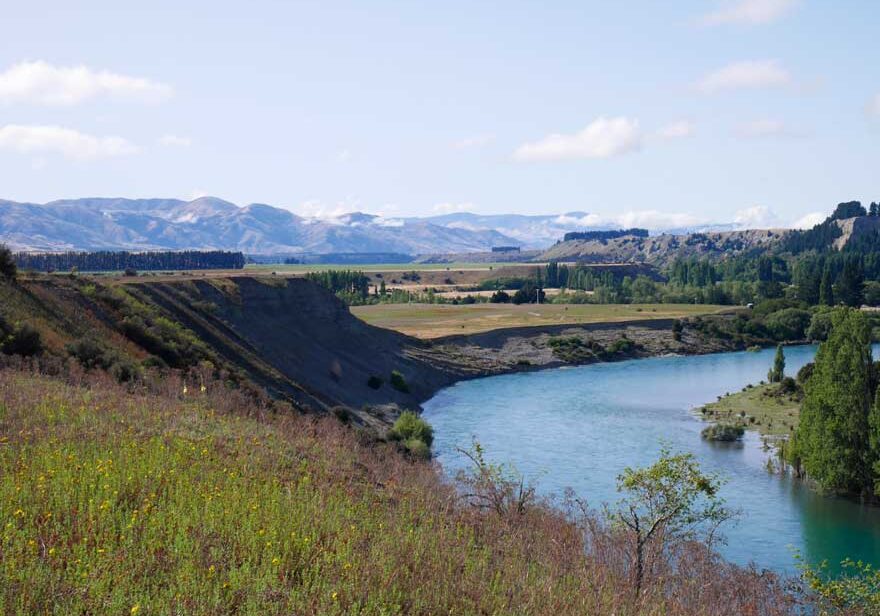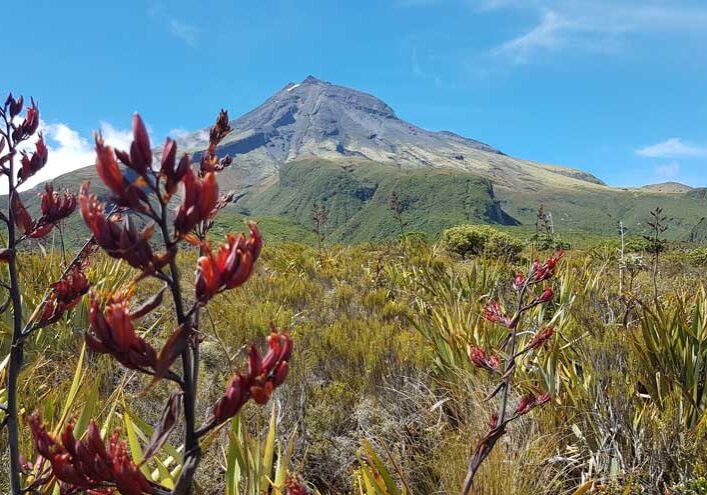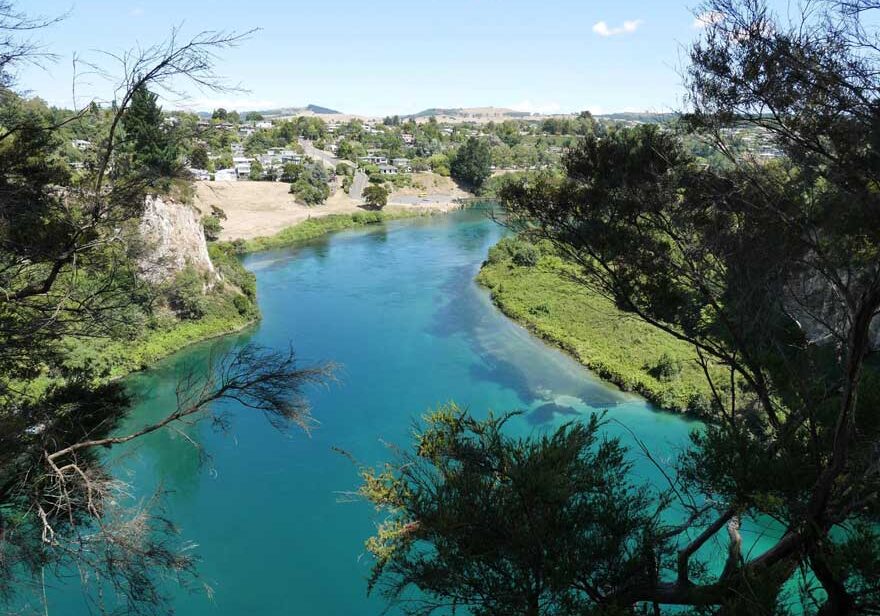Surface and subsurface processes and landscape evolution
Alluvial fans and rivers: landform archives of long-term landscape development and environmental change
Dr Martin Stokes1, Dr Alberto Gomes, Professor Anne Mather
1University Of Plymouth, Plymouth, United Kingdom
Alluvial fans and rivers are key geomorphological components of Quaternary and older landscapes, linking uplands to offshore marine settings. The ubiquity of their morphological expression and sediment archives offers considerable potential for exploring landscape development and its drivers of environmental change (climate, tectonics etc) across Quaternary (and longer) time. In mountainous areas, rivers and fans occur as terraced landforms configured into staircase sequences. These record surface uplift and climate-linked denudation, informing on base-level fall linked to drainage network configuration change. Climate-related river-fan terrace sedimentation gives insight into local environment changes (tributary vs trunk rivers), sediment supply-sourcing-routing and flood discharge, with variable coupling to hillslopes and glaciated uppermost catchment regions. In downstream, lowland areas, spatially extensive river and megafan / distributive fluvial systems develop thick sediment-soil sequences, providing high resolution records across longer and deeper Quaternary time. In this session, we invite researchers studying any aspect of river / fan landform and sediment archives that informs on longer term Quaternary landscape development (i.e. Pleistocene). We welcome studies applying geochronology (luminescence / ESR / cosmogenic, etc) alongside novel and integrated applications of remote sensing, geomorphology, neotectonics, climatology, stratigraphy, sedimentology, pedology, provenance, paleohydrology and archaeology.
Cold regions slope geomorphology: processes, evolution, dating
Dr Armelle Decaulne1, Dr Olimpiu Pop2
1CNRS, Nantes, France, 2Babes-Bolyai University, Cluj-Napoca, Romania
The session is interested in slope geomorphology in cold environments at all latitudes and altitudes. The session aims to explore the formation of slopes, the controls and various processes that shape them over a range of timescales. In these settings, both active and inherited processes play significant roles in shaping the landscape, whether around glacial, periglacial or paraglacial environments, tectonically active or not.
All stages of slope evolution in cold environments are considered in the session, within both anthropogenic and non-anthropogenic environments. The session also considers the survey of geomorphic crises on slopes, as well as the normal functioning of processes on slopes: the “common” geomorphic processes, seldom highlighted compared to “extreme events”, must be considered here.
Slope geomorphology in cold environments is influenced by a combination of active and inherited processes. The evolution of these slopes is shaped by climatic changes, post-glacial developments, and human interventions. A large array of dating techniques, numerical or relative, highlight their evolution through time, providing valuable insights for our understanding of past and future landscape dynamics in cold regions.
Dating the landforms in cold environments involves several methods. Radiocarbon dating, luminescence dating, cosmogenic dating, lichenometry, dendrochronology and Schmidt hammer dating are welcome to decipher the complex edification of landforms on slopes. Discussions on the pros and cons of the methods are welcome, as well as case studies of combined methods.
Distributary landforms: past, present and future
Dr Anya Leenman1, Dr Sam Woor2, Prof. Andy Russell3, Dr Anastasia Piliouras4
1Te Herenga Waka - Victoria University Of Wellington, Wellington, New Zealand, 2University of British Columbia / University of the Fraser Valley, Vancouver, Canada, 3Newcastle University, Newcastle-upon-Tyne, United Kingdom, 4Pennsylvania State University, State College, USA
As rivers carry sediment from mountains to coasts, they intermittently store material in outwash plains, alluvial fans and deltas. Global changes to anthropogenic settlement, sea levels, sediment flux and hydrology (e.g. changing frequency and rheology of extreme floods) have diverse impacts across these systems. Moreover, their morphology and sedimentology encodes information about the processes that shape them. This session will explore the dynamics and forms of distributary landforms and the channel networks upon them. We welcome contributions using fieldwork, experiments, numerical modelling or remote sensing to explore the history, dynamics or vulnerability of these geomorphic systems across climates, scales, and planets.
Earth Surface Processes and Carbon Dynamics
Dr Brooke Hunter3, Dr Andre Eger4, Assoc. Prof. Peter Almond1, Prof. Josh Roering2
1Lincoln University, Lincoln, New Zealand, 2University of Oregon, Eugene, USA, 3Yale University, New Haven, USA, 4Manaaki Whenua-Landcare Research, Lincoln, New Zealand
This session will explore how earth surface processes and the chemistry, physical conditions and fluid flow in the critical zone modulate the fluxes of carbon over a range of time and spatial scales. Geomorphological processes, the tempo of landscape change and climate have a strong influence on the storage, turnover time and fluxes of inorganic and organic C, all of which are significant for global climate as well as soil and ecosystem functions.
This session will consider processes significant to C fluxes and storage, within unmodified to highly human-modified systems, over a range of timescales and using a wide array of tools and approaches. We invite contributions related, but not limited, to:
- quantification of fluxes and pools of C across a range of geomorphic systems including mountains, hillslopes, riverine and coastal systems;
- characterisation and modelling of processes responsible for C fluxes and transformations;
- manipulation of C dynamics within the critical zone including topics of enhanced organic C storage and enhanced rock weathering;
- the application of remote sensing to quantifying above and below-ground C dynamics.
Karst geomorphology
Dr Matej Lipar1, Dr John Webb2, Dr Mateja Ferk1, Dr Susan White2, Dr Adrian Slee3
1Anton Melik Geographical Institute, Research Centre of the Slovenian Academy of Sciences and Arts (ZRC SAZU), Ljubljana, Slovenia, 2Discipline of Ecology and Environment, La Trobe University, Melbourne, Australia, 3Forest Practices Authority, Hobart, Australia
Karst landscapes are fundamentally shaped by the dissolution of rock, with interactions among lithological, hydrological, and climatic factors driving the formation of a diverse array of surface and subsurface landforms. This session aims to explore the global geodiversity of karst and its role as a record of environmental processes and changes. By examining a wide variety of karst types, including those in lowland plains, mountainous regions, islands, coastal zones, and high-altitude plateaus, the session seeks to connect the study of karst geomorphology with broader environmental dynamics. The focus extends to karst environments across diverse climatic zones—temperate, tropical, arid, and polar—emphasising how these systems are shaped by their unique geological and environmental contexts. Special attention is given to how karst systems reveal past climatic conditions, elucidate long-term climate variability, and demonstrate environmental responses to change. Contributions that integrate interdisciplinary approaches, advance the understanding of karst environments, and address implications for conservation, resource management, and climate change impacts are particularly encouraged.
New frontiers in the study of erosion processes and geomorphic dynamics in badlands
Francesca Vergari1, Manel Llena2, Mauro Rossi3, Shuhua Fan4, Fran Domazetović5, Joseph Desloges6, Anita Bernatek Jakiel7
1Sapienza University of Rome, Italy, 2University of Lleida, Spain, 3CNR-IRPI, Italy, 4Inner Mongolia Agricultural University, China, 5University of Zadar, Croatia, 6University of Toronto, Canada, 7Jagiellonian University, Poland
Badlands are among the most spectacular and remarkable erosional landforms on the Earth. Badlands landscapes are characterized by intense geomorphic activity, with rapid erosional processes. Badlands areas pose significant environmental and management challenges, such as increased sediment transport, water turbidity, and extreme variations in biodiversity. Nonetheless, due to their uniqueness, these landscapes can serve as territorial and cultural assets, attracting geological and geotourism interest and potentially generating benefits for local communities and their administrations.
A variety of methods with different levels of complexity are available to map, measure and model these processes. However, there is no standardized protocol for assessing erosion dynamics. The choice of methods for investigating these landforms largely depends on physical factors such as the type, setting and scale of the studied badlands, but also on other factors, such as the research objectives, the structure and skills of research teams, and the availability of technical/financial resources.
In this session, we aim to bring together research efforts addressing badlands’ dynamics, with an emphasis on new challenges in mapping, measuring and modelling the geomorphic processes that form and shape these unique landscapes. Specific topics of interest include: (i) developing standardized protocols for assessing and mapping different types of erosion processes acting on badlands (not only surface, but also subsurface processes), (ii) quantifying badlands’ evolution by applying various methods for erosion and deposition rate measurement, and (iii) modelling badlands’ geomorphic dynamics in natural and anthropized areas using state-of-the-art approaches.
State-of-the-art and new perspectives in long-term monitoring and analysis of landslide dynamics
Dr Matteo Del Soldato1, Dr Philipp Marr2, Prof Federico Raspini1, Prof Zheng-Yi Feng3, Dr Nicusor Necula4, Prof Yung-Chieh Wang3, Dr. Rachael Lau5, MSc Edoardo Carraro2, Prof. Thomas Glade2
1Department of Earth Sciences, University of Firenze, Firenze, Italy, 2Department of Geography and Regional Research, University of Vienna, Vienna, Austria, 3Department of Soil and Water Conservation, National Chung Hsing University, Taichung, Taiwan, 4Faculty of Geography and Geology, Alexandru Ioan Cuza University of Iasi, Iasi, Romania, 5Civil and Environmental Engineering, Duke University, Durham, USA
The global increase in damaging landslide events has attracted the attention of governments, practitioners, and scientists who want to develop functional, reliable, and (when possible) low-cost investigation strategies for reducing the related risks and consequences. Landform identification and recognition play a fundamental role in landscape evolution analysis. Equally, landslide monitoring represents a key tool which increases the understanding of landslide dynamics and provides essential data to alert potentially affected communities. Numerous case studies have demonstrated how a well-planned monitoring system of landslides is of fundamental importance for long and short-term risk reduction. Sharing innovative methods into surface and subsurface dynamics can further advance the scientific understanding.
Today, the temporal evolution of a landslide is addressed in several ways, encompassing single or multiple, traditional or cutting-edge technologies, both ground-based and remote sensing data. The potential spectrum of monitoring applications includes different landslide types and their varying temporal characteristics (from rapid to slow-moving). Considering their complexity, a wide array of monitoring methods is currently available, ranging from traditional, well-established in-situ monitoring techniques (e.g. inclinometers, piezometers) to new and advanced technologies, including remote and close-range sensing (e.g. InSAR, TLS, and UAVs), hydrological (e.g. CRNS) and geophysical methods (e.g. ERT and EM), machine learning techniques and time-lapse surveys.
This session is inspired by general objectives of the International Consortium on Landslides: promote landslide research for benefit of society; integrate geosciences and technology within cultural and social contexts to evaluate landslide risk; combine and coordinate international expertise. Contributions may explore conceptual and methodological monitoring strategies, sensor networks, data management, data analysis for threshold detection and early-warning approaches in various temporal and spatial contexts. The session is expected to present case studies exploiting multi-temporal and multi-platform monitoring data for risk management and Civil Protection purposes. In this frame, inter- and trans-disciplinary innovative approaches are especially encouraged.
The Great Escarpments of the World – new field-based evolutionary models and retreat rates
Dr Yoav Avni1
1Geological Survey of Israel, Jerusalem, Israel
The Great Escarpments are important geological and geomorphological features that have formed alongside rifting processes and passive margins. In this session, we will be welcoming presentations on current research and review articles that focus on the role of the Great Escarpments in large-scale landscape evolution. This will include studies on their initial formation, long-term development, and current retreat rates. The presentations will be mainly based on field measurements from various locations worldwide, as well as on theoretical and numerical models.
Various studies have recently examined the evolution of the Great Escarpment across different time scales, and these studies will be presented:
1. The Southern Atlantic rift in South Africa and Namibia, where the Great Escarpment developed over 130 million years.
2. The Red Sea rift and its Great Escarpments have been forming for the last 25 million years.
3. The border escarpment of the Dead Sea rift has been evolving for the last 3-1.5 million years.
During the upcoming session, we will discuss key topics related to the formation of the Great Escarpments. These will include the importance of geological structures in their development, the effect of regional climate on shaping the landscape, and the influence of long periods, ranging from 1,000,000 - 100,000,000 years, on the escarpments' evolution, retreat, and overall geomorphological processes.



